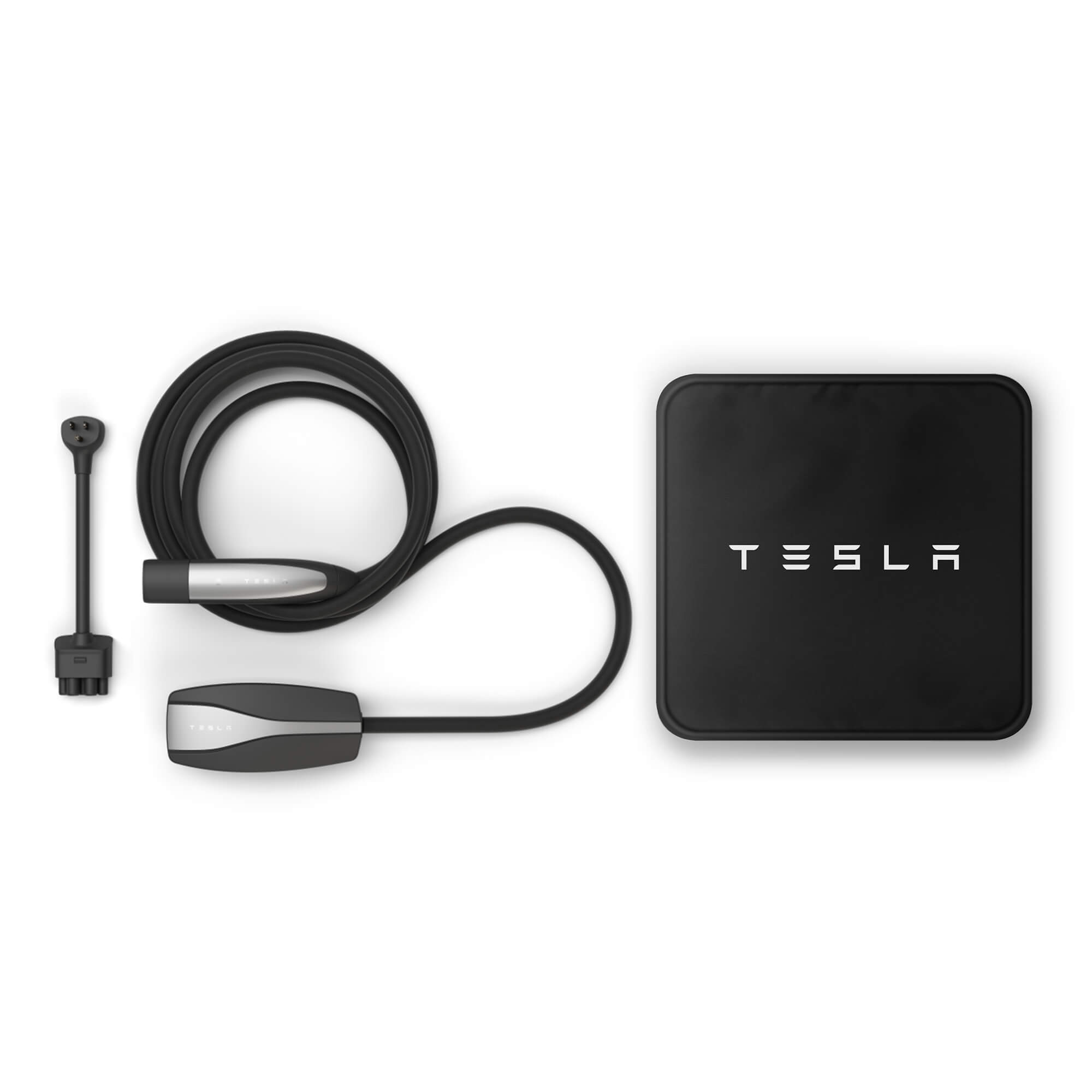First, thanks for all the responses to my first post in regards to a used Tesla. I did indeed purchase it, but after several inspections over a few visits.
Love the car!
I have several questions have perhaps 300 miles driven:
1. I normally do not drive with the AC on and prefer just to have airflow through the vents. I cannot seem to see away to do this in the Tesla Model 3.
2. When using Autopilot and FSD, it will tell me to take the next exit. Will the vehicle automatically make the land changes or do I need to do the lane changes. This far I have made them as I did not want to miss the exit.
3. Is there anywhere to see a chart which tells you expected reductions in miles based upon accessories and weather conditions?
4.Got home from a drive today. I exited the car and I heard the car shut off, mirrors closed and such. I went out to the front and I heard what sounded like a fan blowing air. Could th AC still be on or is this some type of engine colling
5. Is there a list of most voice commands this can handle
7. The supercharger nearest to us is about 30 miles away. So far I kind of enjoy going there (so far had other things to do in the area) and watching a Netflix show while it charges. Also met some other owners and chatted a little. Of course had a few truck drivers asked how long to charge and how far they go. Any way the question is is adding a 240 in house a necessity to most of you or a conviece.
8. I have the charging kit which was included at purchase. Can I use a 120 to 240 plug converter and use. it with 240?
9. If #8 is a no, what are some good 240 style chargers with long cords. If I go 240 I am thinking of getting a 240 outlet splitter where one would be the dryer and the other would be. plugin charger cord. Need about a 20foot or longer cord.
10. If I used the brake, does it do any regenerative energy?
11. So far my favorite things are: comfort, handling, speed, tech, pure joy of the torque at stand still
Love the car!
I have several questions have perhaps 300 miles driven:
1. I normally do not drive with the AC on and prefer just to have airflow through the vents. I cannot seem to see away to do this in the Tesla Model 3.
2. When using Autopilot and FSD, it will tell me to take the next exit. Will the vehicle automatically make the land changes or do I need to do the lane changes. This far I have made them as I did not want to miss the exit.
3. Is there anywhere to see a chart which tells you expected reductions in miles based upon accessories and weather conditions?
4.Got home from a drive today. I exited the car and I heard the car shut off, mirrors closed and such. I went out to the front and I heard what sounded like a fan blowing air. Could th AC still be on or is this some type of engine colling
5. Is there a list of most voice commands this can handle
7. The supercharger nearest to us is about 30 miles away. So far I kind of enjoy going there (so far had other things to do in the area) and watching a Netflix show while it charges. Also met some other owners and chatted a little. Of course had a few truck drivers asked how long to charge and how far they go. Any way the question is is adding a 240 in house a necessity to most of you or a conviece.
8. I have the charging kit which was included at purchase. Can I use a 120 to 240 plug converter and use. it with 240?
9. If #8 is a no, what are some good 240 style chargers with long cords. If I go 240 I am thinking of getting a 240 outlet splitter where one would be the dryer and the other would be. plugin charger cord. Need about a 20foot or longer cord.
10. If I used the brake, does it do any regenerative energy?
11. So far my favorite things are: comfort, handling, speed, tech, pure joy of the torque at stand still





